The four best ways to use your tax refund
According to Statistics Canada, almost seven million people were issued tax refunds for 2018 in the period to April 1. The average amount was $1,615.We often think about a refund as free money to spend, but while that big screen TV or weekend getaway may be tempting, there are smarter ways to utilize your tax refund. Here are four ways that make good financial sense.
- Pay down debt: With credit-card interest rates typically set around 20 per cent or higher, my number one piece of advice is pretty straightforward. If you have a card balance, pay down what you owe on your card, as soon as your refund arrives. It is the single best thing you can do with your refund.
- Contribute to an RRSP or TFSA: Using your refund to contribute to a registered retirement savings plan (RRSP) makes a lot of sense if you are a higher income earner. Not only will you be investing in your future, but you can use the deduction to lower your taxes next year. If you are a lower income earner and don’t need to worry about reducing your taxes, I suggest putting your refund into a tax-free savings account (TFSA). Unlike an RRSP, with a TFSA you will never be taxed on withdrawals and if you won’t get the benefit of a tax refund, you’re better off growing your money within a TFSA. Note that this year, the contribution limit for a TFSA was increased to $6,000.
- Build up your emergency fund: Having an emergency fund is a key budgeting strategy to ensure you have funds available for those unexpected expenses that will pop up. Your TFSA makes an excellent emergency fund because you can take money out at any time, tax-free and you won’t lose contribution room. There are, however some important rules regarding when you can contribute it back, so be sure to speak to your financial advisor before you do. If you want to learn more about my strategy to smart budgeting you can visit my website, or listen to my podcast on the topic.
- Education Savings: You just got money from the government. Why not get some more? Putting money into an RESP for your children or grandchildren can generate an additional 20% grant on up to $2,500. And if you’ve not maximized in the past, you can put in up to $5,000. That will result in $1,000 from the government.
If you set out a plan for your refund, you’re more likely to use it wisely. Consider having your refund automatically deposited in your bank account, or transfer the money in advance to pay down your credit card. Start to think about your refund as forced savings as opposed to found money. It may not be as much fun in the short-term, but it will pay off in the long run.
Mark Shimkovitz is a financial advisor with Raymond James Ltd. Information provided is not a solicitation and although obtained from sources considered reliable, is not guaranteed. Raymond James advisors are not tax advisors and we recommend that clients seek independent advice from a professional advisor on tax-related matters. The view and opinions contained in the article are those of the author, not Raymond James Ltd. Raymond James Ltd. member of Canadian Investor Protection Fund.
